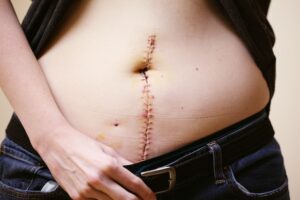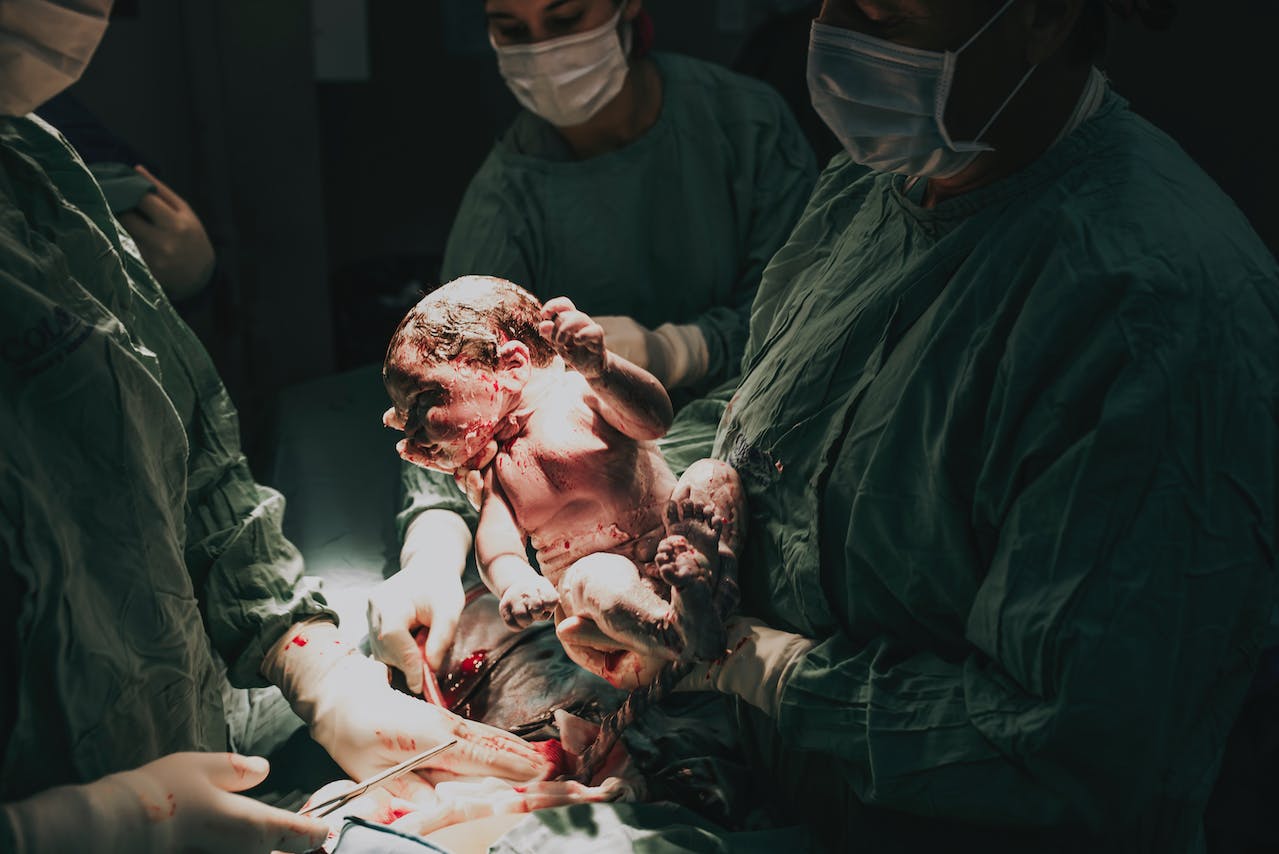Bringing a new life into the world is an incredible experience, but it can also take a toll on your body. For instance, you might be having issues with your private area such as infection and slow healing. Check out this postpartum peri bottle parent.guide to learn more about these issues.
If you’ve recently undergone a C-section delivery, don’t hold yourself back to prioritize your own healing and recovery. Your little one needs you at your best. In this blog post, we’ll dive into some essential tips and best practices for healing after a C-section.
Incision Care
 Your incision is the key to a successful recovery after a C-section, so it’s crucial to take proper care of it. Start by keeping the incision clean and dry. Gently wash the incision area with mild soap and warm water, then give it a dry pat with a soft towel or let it air dry. Avoid scrubbing or using harsh cleansers that could irritate the delicate skin. To promote healing, make sure to keep an eye on signs of infection, including redness, swelling, or discharge. Using pillows or cushions for support while sitting or lying down can also help alleviate discomfort and reduce tension on your incision site.
Your incision is the key to a successful recovery after a C-section, so it’s crucial to take proper care of it. Start by keeping the incision clean and dry. Gently wash the incision area with mild soap and warm water, then give it a dry pat with a soft towel or let it air dry. Avoid scrubbing or using harsh cleansers that could irritate the delicate skin. To promote healing, make sure to keep an eye on signs of infection, including redness, swelling, or discharge. Using pillows or cushions for support while sitting or lying down can also help alleviate discomfort and reduce tension on your incision site.
No Heavy Lifting and Strenuous Activity
Your abdominal muscles have been through significant trauma during the surgery, so engaging in activities that put strain on these muscles can hinder the healing process. It’s crucial to remember that even seemingly light tasks like carrying groceries or lifting your toddler can put stress on your incision site. Taking it easy doesn’t mean you have to be completely sedentary, though! Light walking is often encouraged as it promotes circulation and helps prevent blood clots. But always listen to your body and never push yourself too hard.
Providing Support to the Abdomen
After a C-section, as a new mom, you need to provide support to your abdomen as you heal. This helps relieve discomfort and aids in the recovery process. One way to do this is by wearing a postpartum belly wrap or abdominal binder. These garments offer gentle compression, which can help reduce swelling and provide added stability to the surgical incision. When it comes to moving around, be mindful of how you use your abdominal muscles. Avoid sudden movements that could strain them and instead engage your core gently when needed. Also, remember not to lift anything heavy during this time, as it can put unnecessary stress on your healing incision. Practicing good body mechanics is also crucial when providing support to your abdomen.
Well-Balanced Diet and Proper Hydration
Last but certainly not least, a nutritious diet can help promote tissue repair and boost your energy levels, while adequate hydration supports overall healing and prevents complications. Basically, various veggies and fruits, along with lean proteins and healthy fats, can provide the magic nutrients for optimal healing. Foods rich in vitamin C (found in citrus fruits and bell peppers) aid in collagen production for wound healing. However, remember that every woman’s nutritional needs may vary during this recovery period. Consulting with a healthcare professional or nutritionist will ensure you’re getting the right balance of nutrients for your individual circumstances.
As the bottom line, embrace patience throughout this healing journey as it takes time for your body to recover fully from major abdominal surgery like a C-section. Be gentle with yourself both physically and emotionally during this period of adjustment into motherhood.…

